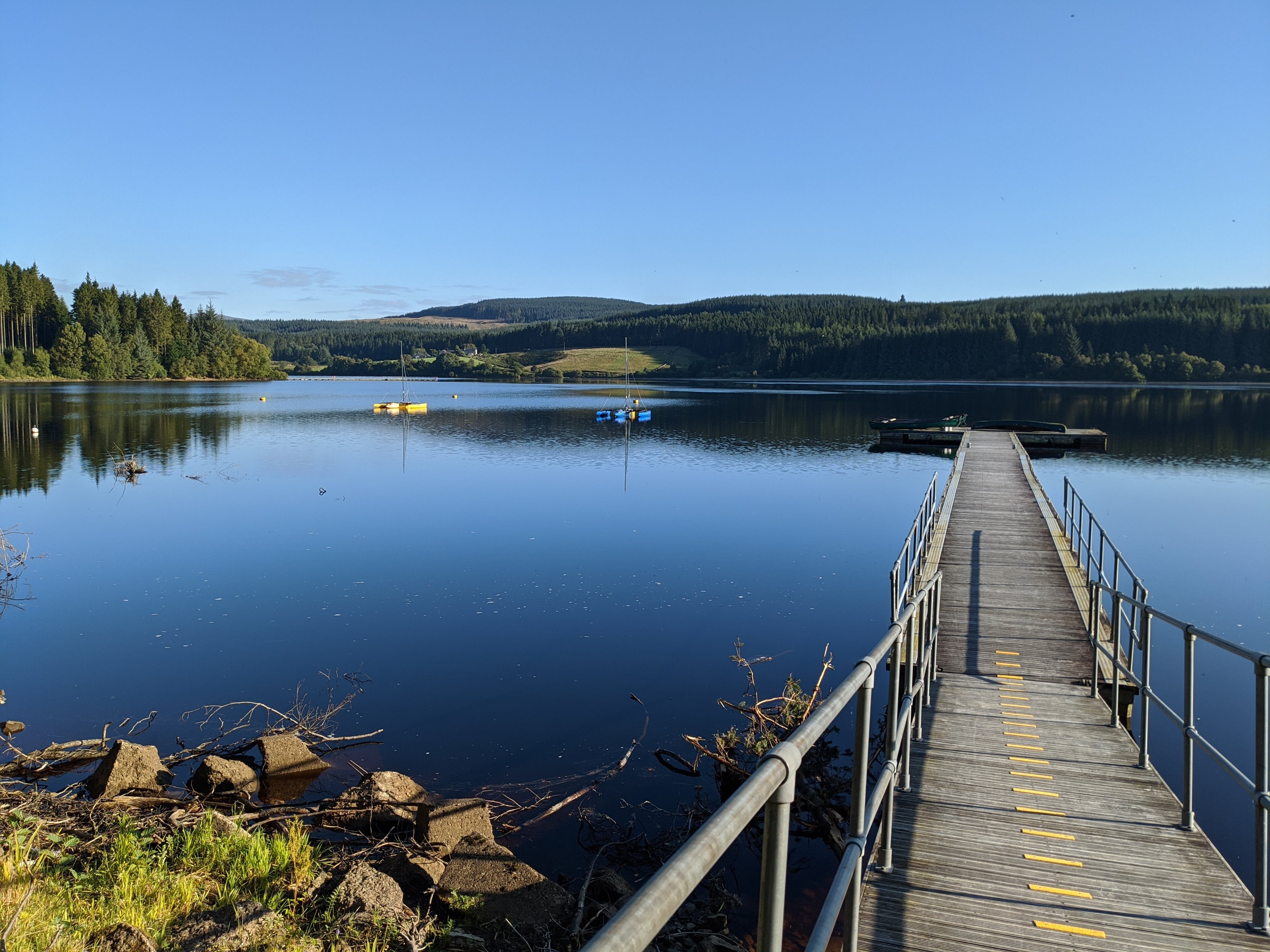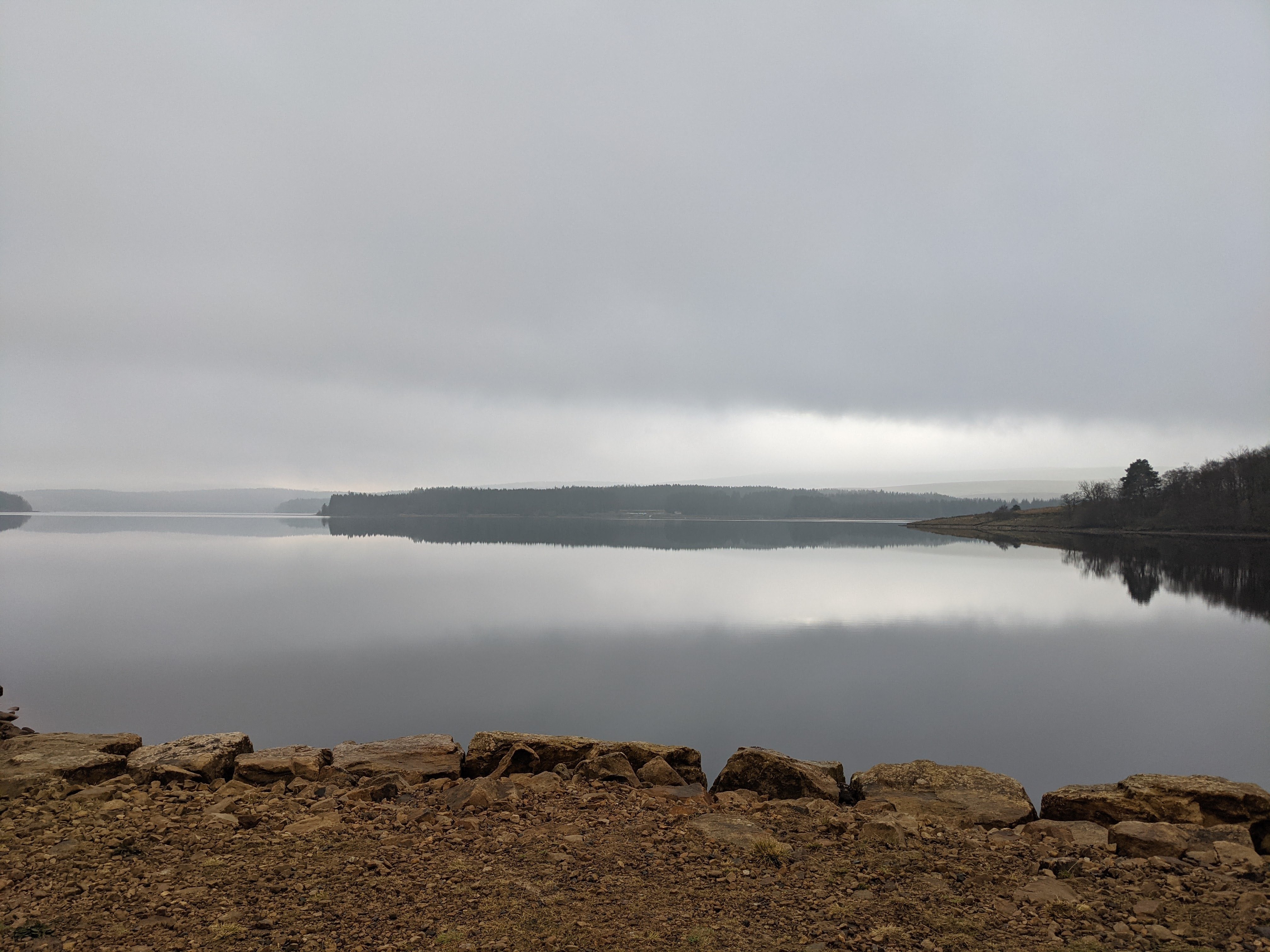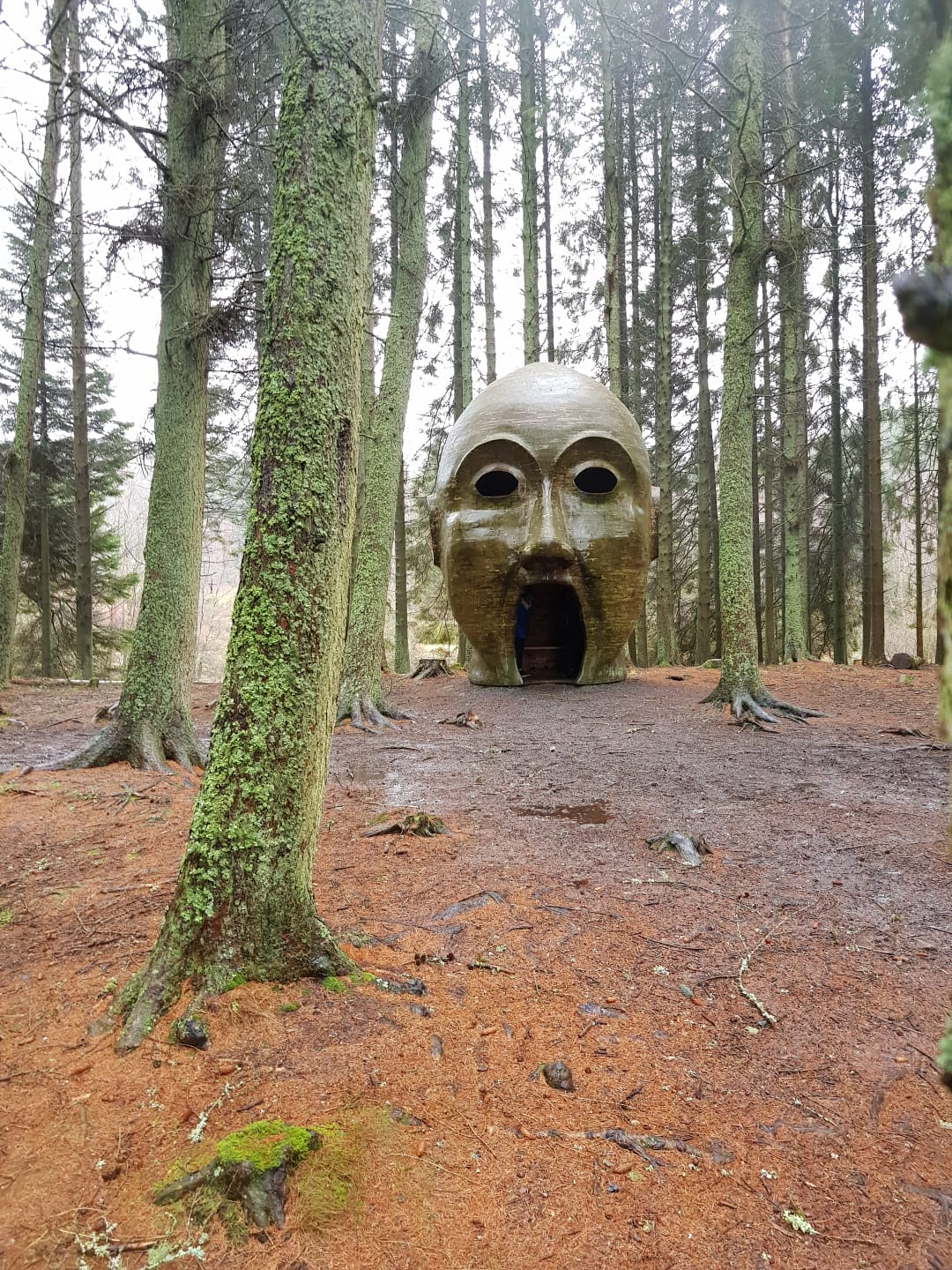Walking Northumberland’s art-studded Kielder Water
Daniel Hall follows an art and architecture trail around Northern Europe’s largest artificial lake

Your support helps us to tell the story
From reproductive rights to climate change to Big Tech, The Independent is on the ground when the story is developing. Whether it's investigating the financials of Elon Musk's pro-Trump PAC or producing our latest documentary, 'The A Word', which shines a light on the American women fighting for reproductive rights, we know how important it is to parse out the facts from the messaging.
At such a critical moment in US history, we need reporters on the ground. Your donation allows us to keep sending journalists to speak to both sides of the story.
The Independent is trusted by Americans across the entire political spectrum. And unlike many other quality news outlets, we choose not to lock Americans out of our reporting and analysis with paywalls. We believe quality journalism should be available to everyone, paid for by those who can afford it.
Your support makes all the difference.Living in a city during a pandemic makes you realise how hard it is to find tranquillity. It doesn’t take long to exhaust parks and beauty spots near home – my boyfriend and I had done that long before last November’s lockdown came around. Needing to escape our Newcastle flat, we drove somewhere in our region to switch off from Covid, uni and work.
Kielder Water in Northumberland is a 44 billion-gallon reservoir, the largest artificial lake in Northern Europe, supplying areas as far as 80 miles away with water. Its shore is also studded with art and architecture. Its most popular trails are thronged with hikers and bikers in summer. But during the off season when the weather is less predictable, fewer want to make the 1 hour 15 minute drive from Newcastle. For me, the drive is part of the adventure.
The city suburbs give way to Northumberland’s countryside, and before you know it, your stomach is churning on the blind summits of the old Roman road towards Scotland. As you turn off, you find the pretty village of Bellingham, before hugging the banks of the North Tyne which Kielder’s reservoir feeds into.
Read more:
Passing Kielder Dam is where the scenery transforms. It’s easy to forget you’re in the UK – sky-scraping conifers line the main road through the park, creating an illusion reminiscent of Scandinavia. These trees are the largest working forest in England, home to around half of the UK’s remaining red squirrel population and a summer breeding ground for ospreys.
Wildlife isn’t so common in winter, but there’s plenty of art and architecture on the Lakeside Way’s North Shore to look out for. The 12-mile route connects Kielder Castle (where you can park) and the Kielder Dam. It’s even possible to walk the 26-mile loop around the lake in 8-10 hours, or run it in the annual Kielder Marathon. However, after months of hardly going further than the local supermarket, this seemed too much of a challenge. And we didn’t fancy getting lost after sunset in the second-largest dark sky protected reserve in Europe.

Silvas Capitalis is the first sculpture on the trail (the Minotaur Maze is right by Kielder Castle car park), and it left me as open-mouthed as the statue itself. A clearing in the trees gives way to an enormous timber head, from which you can watch and listen to the forest. The protruding trumpet-like ears amplify the sounds around you, while the eyes focus on the stillness of the reservoir ahead.
Some sculptures require a detour from the main path. A muddy track through a field made us glad of walking boots when it came to the second art installation on the trail, Needs Hill Viewpoint. It’s a sculpture of the Ordnance Survey mapping symbol and, from here, you can take in just how big Kielder Water is.

I’d give this sculpture a miss in future, simply because there’s a much better place to appreciate the enormity of the reservoir further on (one which doesn’t feel like walking through quicksand to get there). The Janus Chairs – huge steel and wooden constructions designed to resemble a flower – sit at the end of a peninsula that opens up onto a truly spectacular view.
We sat here for a while and tried to spot the church spire that pokes out above the waterline, part of the village rumoured to be submerged below the lake. A Google search at home explained why we missed it – the mining village of Plashetts was flattened during the reservoir’s seven-year construction process, before the Queen officially opened it in 1982.
To head back from the chairs after a packed lunch meant a bracing round trip of 10.5 miles. With sore feet already and the need of thicker jumpers, we decided against walking further to see the Salmon Cubes – which depict the journey of salmon travelling along the River Tyne.

With art ticked off, they journey back could be dedicated to observing nature. Hours of daylight remained, and with the trail practically to ourselves, there were lots of places to stop and linger. At one spot, the sun shone weakly through the trees, as a mist shimmered over gnarled, twisted, and mossy tree roots. More of a scene from Pan’s Labyrinth than grey Northern England.
We took a slightly different route back and happened across a historic landmark in the final stretch. The Kielder Viaduct stands as a remnant of the Border Counties Railway which ran from Hexham to Riccarton Junction. This part of the line ceased operating in 1958 – just four years shy of its 100th anniversary.
What I love about Kielder is that the art doesn’t take centre stage but enhances your trip. It encourages you to soak up the vastness of the area’s huge skies and endless forest, whether that’s through the sensory amplification in Silvas Capitalis, the views from the Janus Chairs, or the perception altering Skyspace on Cat Cairn (that one’s not on the Lakeside Trail).
Should restrictions allow a return before summer, Kielder will be one of the first places we go. I can’t wait to switch off a million miles from Newcastle.
Travel essentials
For more details, see Visit Kielder.
Join our commenting forum
Join thought-provoking conversations, follow other Independent readers and see their replies
Comments